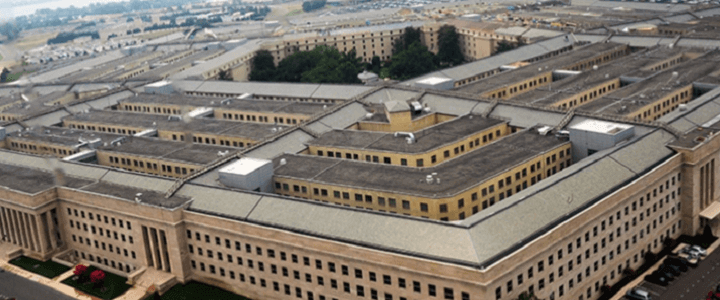A new government agency was born yesterday with the start of the fiscal year. The Defense Counterintelligence and Security Agency (DCSA) is now the organization responsible for the background investigations mission and government personnel security program.
New DCSA = New Website
The agency launched its new website last week, and the platform trades heavily on the types of questions we see frequently at ClearanceJobs, including how to find out the status of your background investigation, how to verify the identity of your background investigator, and how to fill out your security clearance application.
With the insider threat still one of the most significant challenges the personnel security program faces, and Security Executive Agent Directive (SEAD) 3 widening the reporting responsibilities for those privy to threat information, the newly launched DCSA website wisely provides information about how security clearance holders can self report potentially adverse information, and also how they should report information about others.
SEAD 3 was signed December 14, 2016, but ever since security representatives have speculated as to how the government planned to enforce the new directive. Previously, the security clearance process was dependent upon self reporting potentially adverse information, like new delinquent debt or a divorce. SEAD 3 broadened the scope for all individuals in sensitive positions to report any potentially adverse information they encounter – to include information about security clearance holders they may know, but who don’t even work in the same company.
DCSA’s new website puts the spotlight on the need to report insider threats, but still places the obligation squarely on the individual with the information. For government contractors, that person is the facility security officer. For those outside of the government with information, the DCSA website directs individuals to report information to the FBI or their local law enforcement. Anyone hoping for a jazzy online system for reporting information will be met with the usual security clearance gumshoe requirements.
DCSA = What’s New
Other than a jazzy website, what does the October 1 deadline mean? Not much. But that’s what acting DCSA Director Charles Phalen says was intended.
In an interview following the signing of the executive order to transfer the security clearance function, the then NBIB director said “Our absolute goal in this – us here at OPM, at Defense Security Service, and everybody else who cares about this – is to avoid speed bumps. On October 2, when you wake up, all you can tell is that we’ll have a different T-shirt on. And we’re not even sure we’re gonna do that.”
They’re not making T-shirts, but if they did, they’d likely say “We Did It” – and tout the major backlog busting accomplishment made by NBIB and its team of contract and government investigators. Just over a year ago the backlog of pending security clearance investigations sat at 725,000. Today, as DCSA takes over, that number is just 302,000. DCSA is poised to reach its steady-state figure (200,000), by January.
If you like your job, you can keep your job! (Just kidding)
Process improvements such as hubbing, VTC technology for investigation interviews, and improvements in the security clearance application process have all helped to speed the path toward a steady-state backlog. That, and the implementation of continuous evaluation, which promises to put an end to the need for the standard five-and-ten year periodic reinvestigation, and replaces them with continual online vetting.
What do all of those process changes and a steady state backlog mean for the current workforce of more than 8,000 federal and contract background investigators? It’s uncertain. In the near term, there aren’t any (announced) plans to cut contracts or change workforce requirements. But online chatter from contract investigators is that contract work is already drying up in some areas, and the transition to DCSA may come with the drawdown of some contract activity. That’s good news for the American taxpayer footing the bill, but more uncertainty for a background investigator workforce constantly center stage in the push and pull requirements between quality investigations, and increasing the quantity of investigative output.
A bigger mission than personnel security
While personnel security is critically important, the newly created DCSA has a much bigger mission. With threats to the supply chain and near daily news coverage of China’s successful espionage attempts, the counterintelligence piece of the DCSA organization is an equally important part of the mission. The government is often seen as slow to act when it comes to identifying and addressing threats (think Huawei). DCSA’s role in educating and enforcing security standards across more than 10,000 defense vendors is significant – that’s where people vetting and facility security go hand-in-hand. As the government overhauls who holds the keys to classified information with its Trusted Workforce 2.0 initiative, it will also be working to educate companies on what makes them vulnerable, and what kind of information they need to be protecting.
Because when it comes to the kind of information our adversaries are trying to get? Everything.



